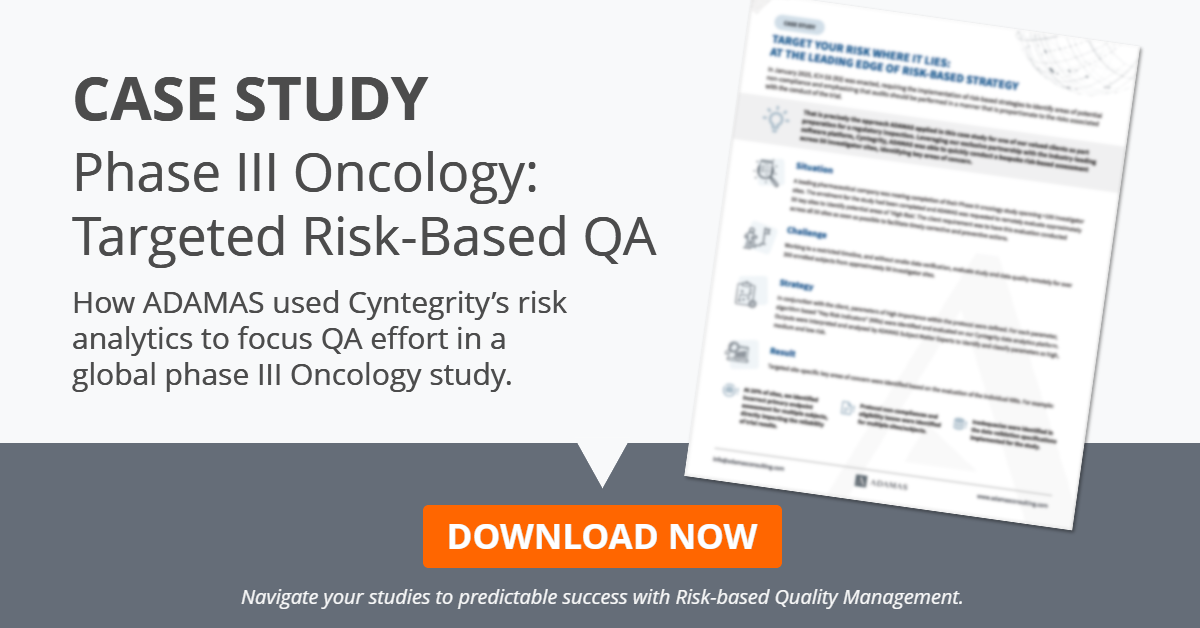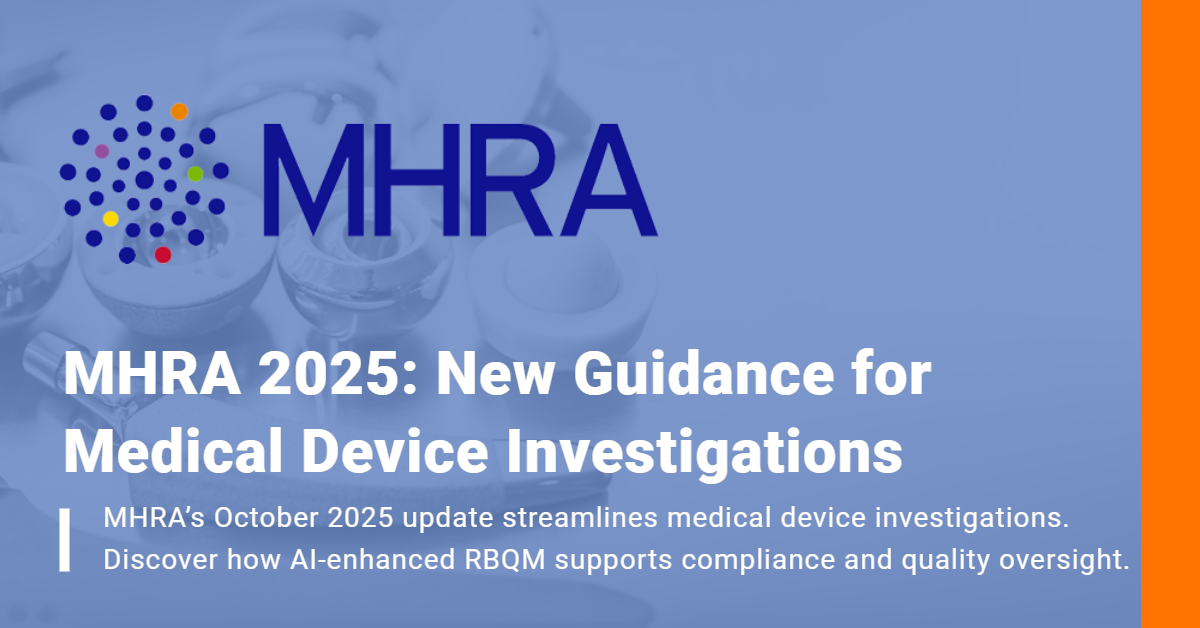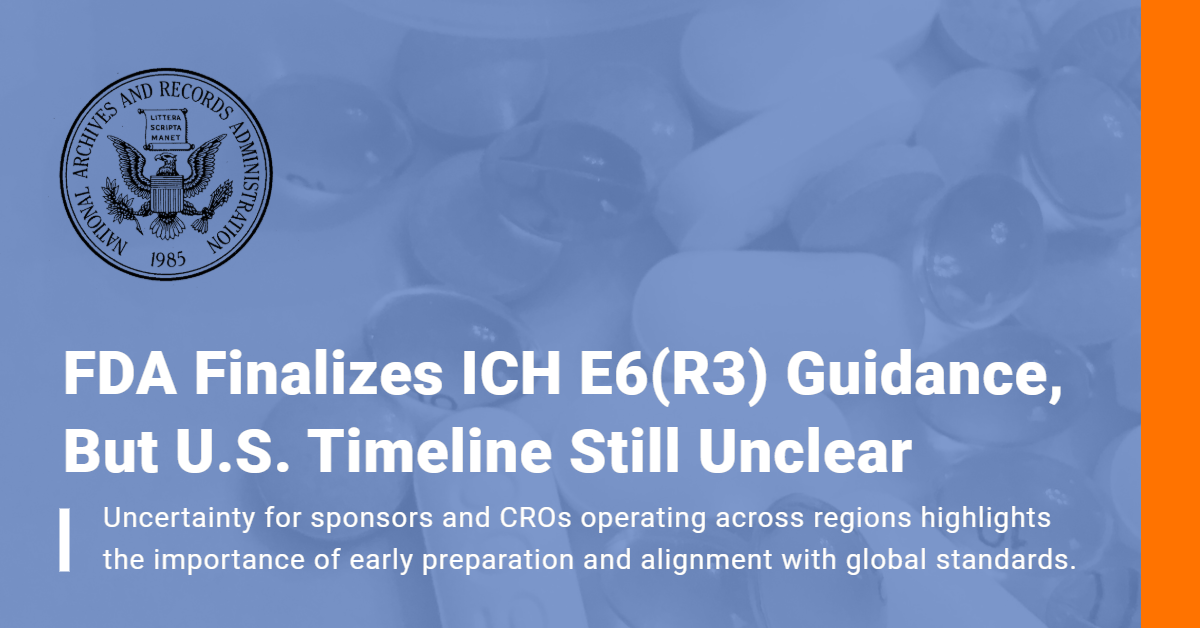Factors Contributing to Clinical Trial Failures
Clinical trials are crucial to drug development, but they often fail due to poor project management. On average, every trial has approximately 3.3 protocol amendments. Furthermore, in half of the cases, the failure is not due to a lack of effectiveness in the drug itself, but rather to failures in project management. Consequently, this highlights the need for better project management strategies in clinical trials to improve the success rate of these critical studies. [1]
When examining the causes of clinical trial failures, several factors must be taken into account, such as:
- Poor project management, such as inadequate planning, budgeting, and risk management
- Protocol amendments, which can cause delays and complications
- Lack of effectiveness in the drug under investigation
- Difficulties with recruiting and retaining study participants
- Issues with data collection and analysis
- Inadequate oversight and regulation
- Ethical concerns
- Changes in the competitive landscape or regulatory environment
Additionally, the impact of psychological reluctance on clinical trial success must also be considered.
One reason for the high failure rate of clinical trials is that many teams are hesitant to voice their concerns during the planning phase. Despite prelaunch risk analysis being often conducted, it is often ineffective due to the psychological reluctance of team members who have invested heavily in the study preparations to accept criticism. As a result, this reluctance to speak up can lead to inadequate planning and increased risks, thereby contributing to the high failure rate of clinical trials.

The Benefits of using a Premortem Approach
A premortem, or prospective hindsight, can change the way a team approaches considerations about risk by anticipating potential failures before they occur. A premortem is the hypothetical opposite of a postmortem.
Unlike a typical critiquing session of, in which project team members are asked what might go wrong, the premortem operates on the assumption that the “patient” has died, and so asks what did go wrong. [2]
The premortem approach offers benefits that traditional risk analysis often lacks. By using a prospective hindsight approach, the premortem allows team members to share their knowledge and experience and encourages them to identify potential risks early on. This can help the team to pick up on early warning signs of trouble and take steps to prevent or mitigate potential problems. Additionally, the premortem exercise can foster a culture of collaboration and learning within the team, which can improve the overall success of the project.
As psychologist Gary Klein writes, “By making it safe for dissenters who are knowledgeable about the undertaking and worried about its weaknesses to speak up, you can improve a project’s chances of success.” [2]
Implementing a Premortem in Clinical Trials
In a clinical setting, the premortem or prospective hindsight can be used to identify potential problems and improve the success of a study. Unlike a traditional risk evaluation session, where team members are asked what might go wrong, the premortem operates on the assumption that the study has already failed and asks what did go wrong. Each team member, starting with the project manager, reads out a potential reason for failure, and all reasons are recorded.
For example, in a session discussing a project to make advanced computer algorithms available to military planners, a team member who had been quiet during the initial meeting raised the issue that the algorithms might not fit on the laptops being used in the field. In another session, a senior executive suggested that a research project had failed because there was not enough time to prepare a business case prior to a corporate review of product initiatives.
The premortem can help teams to identify potential problems early on and reduce the tendency of team members who are invested in a project to continue with the current course of action despite risks or dangers. The exercise also helps teams to be more attuned to early warning signs of trouble once the project gets underway. Ultimately, using a premortem can help to prevent the need for a painful postmortem.
The Importance of Training and Anticipating Problems
The premortem is a technique that can help us prepare for potential problems and minimize damage if they occur. In a premortem, we imagine that a disaster has already happened, and we try to figure out what went wrong and what we can do to prevent those things from happening.
Furthermore, during times of stress, our brains release cortisol, which can cause us to lose the ability to think rationally and logically. To prepare for this, it’s important to train ourselves to think ahead and anticipate potential problems. Additionally, recognizing that we are all flawed and will fail sometimes, the goal is to think ahead to what those failures might be and to put systems in place that will help to prevent them or minimize the damage if they do occur.
In conclusion, the premortem is a powerful technique that can help us prepare for potential problems and minimize damage if they do occur. By imagining that a disaster has already happened and thinking about what went wrong, we can identify potential issues and develop strategies to prevent or mitigate them. Moreover, this can help us to be more prepared and resilient in the face of challenges and can improve the overall success of our projects. Additionally, by training ourselves to think ahead and anticipate potential problems, we can better manage the risks associated with clinical trials and other complex projects.
Bibliography
[1] K. A. Getz, S. Stergiopoulos, M. Marlborough, J. Whitehill, M. Curran, and K. I. Kaitin, “Quantifying the magnitude and cost of collecting extraneous protocol data,” Am J Ther, vol. 22, no. 2, pp. 117–124, Apr. 2015, doi: 10.1097/MJT.0b013e31826fc4aa.
[2] G. Klein, “Performing a Project Premortem,” IEEE Eng. Manag. Rev., vol. 36, no. 2, pp. 103–104, 2008, doi: 10.1109/EMR.2008.4534313.
[3] P. Meissner and T. Wulf, “The development of strategy scenarios based on prospective hindsight: An approach to strategic decision making,” Journal of Strategy and Management, vol. 8, no. 2, pp. 176–190, Jan. 2015, doi: 10.1108/JSMA-01-2015-0004.






